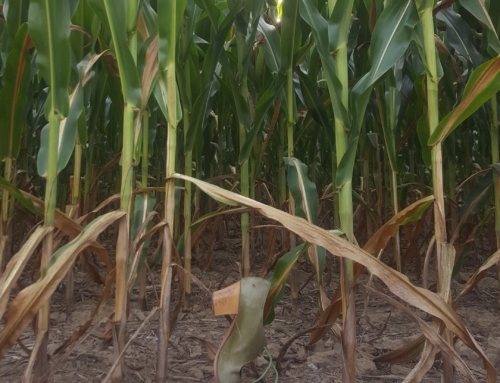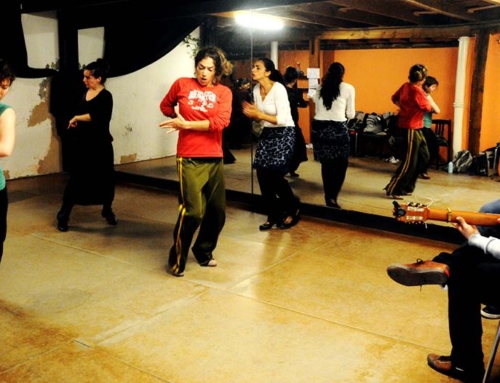In Rosario’s workshop that I took last week, I had a bit of a revelation about the rhythm in flamenco called martinete. This palo (rhythm) is one of my favorites, although not the easiest to understand as far as the structure and singing goes. Some of my favorite letras or songs are sung in this rhythm. Here are some lyrics I like with very rough translations:
Del querer a no querer
Hay un camino muy largo
Que todo el mundo lo anda
Ay sin saber como ni cuando
(Of love and not love
there is a very long path
that everyone walks
without knowing how or when)
Yo no soy ya quien era…
(I am no longer who I used to be…)
Ay en el barrio de Triana
Ya no hay pluma ni tintero
Pa’ escribir a mi madre
Y hace años no la veo
(In the neighborhood of Triana
there isn’t a pen or ink
to write to my mother
and it’s been years since I’ve seen her)
When the songs are sung libre or free form (without any percussion to mark the downbeat, etc.), I’ve never really completely understood how the dancers find the rhythm. As it turns out—and this is one of the many reasons I love flamenco!—there is not one way to interpret where the compás or rhythm begins. There are definitely wrong ways, but there is more than one right way. Because of this, it then becomes almost a game of where you hear the accent, and then the singer has to follow you once you come in. We were practicing in the class with a recorded martinete, so obviously when there is an actual singer, you have to work together and they may not like the way you interpret it, etc. Once you hear where the measure or compás begins, it’s then a game of playing with where you want to put certain steps, and try to resolve with the letra. SO fun! This is why I love flamenco, because there is always more to learn and in so many ways it’s just an exploration of different ways to weave in and out of the rhythm with your dancing.
Here is a video of one of the legends of flamenco singing, Juan Talega singing por martinete:





Leave A Comment